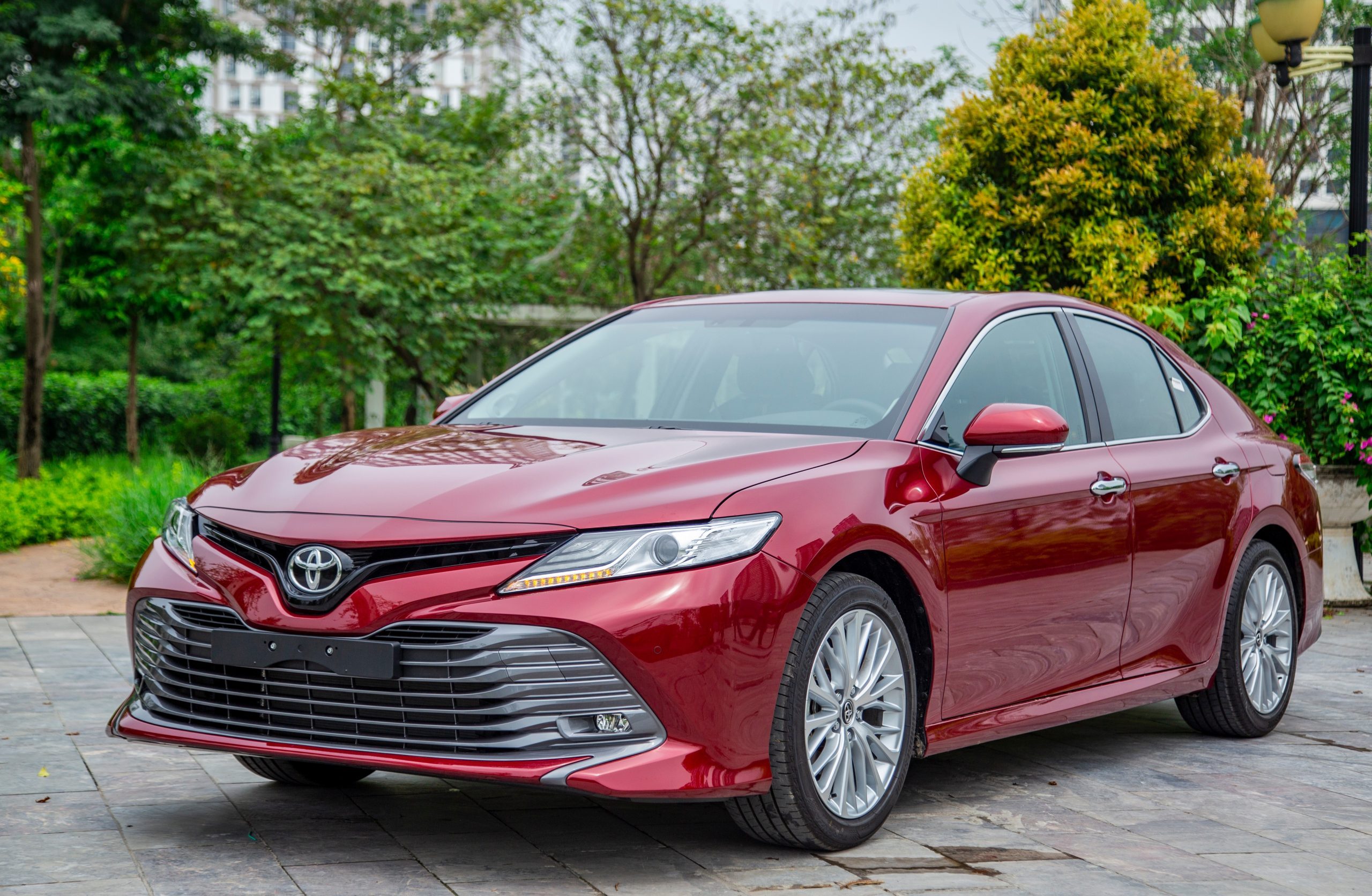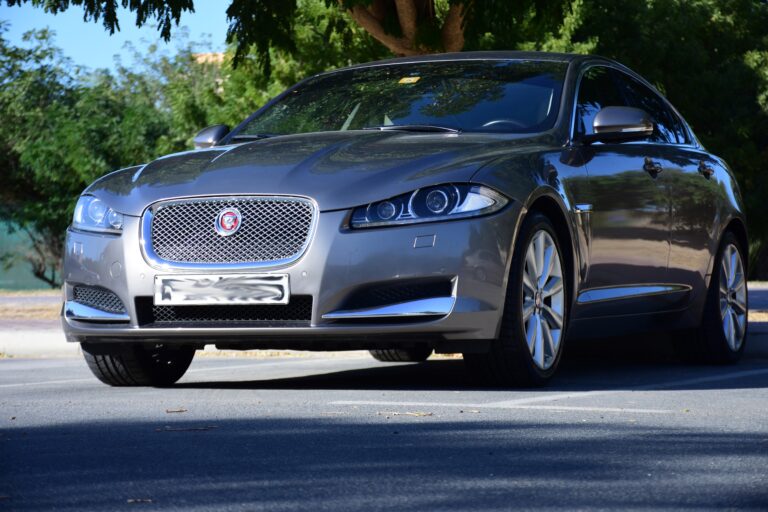Car Seat Brands USA: A Comprehensive Guide to Protecting Your Precious Cargo
Car Seat Brands USA: A Comprehensive Guide to Protecting Your Precious Cargo cars.truckstrend.com
The journey of parenthood is filled with countless joys and an equal number of responsibilities, chief among them being the safety of your child. When it comes to traveling, nothing is more critical than ensuring your little one is securely fastened in an appropriate car seat. The United States market is a vibrant landscape of car seat brands, each vying to offer the best in safety, comfort, and convenience. Navigating this extensive array of choices can be daunting, but understanding the key players, their offerings, and what to look for is paramount. This guide aims to demystify the world of car seat brands in the USA, providing you with the knowledge to make an informed decision for your family.
From innovative safety features to user-friendly designs and stylish aesthetics, US car seat brands are constantly evolving to meet stringent safety standards and the diverse needs of modern families. Choosing the right car seat isn’t just about picking a brand; it’s about matching the seat to your child’s age, weight, and height, your vehicle’s specifications, and your lifestyle. It’s an investment in peace of mind, knowing that your most precious cargo is protected on every journey.
Car Seat Brands USA: A Comprehensive Guide to Protecting Your Precious Cargo
Understanding the Types of Car Seats: A Foundation for Choice
Before diving into specific brands, it’s essential to understand the different categories of car seats available, as each serves a distinct purpose during a child’s growth:
- Infant Car Seats (Rear-Facing Only): Designed for newborns and infants, these seats are exclusively rear-facing and typically come with a detachable base that stays in the car, allowing you to easily click the carrier in and out. They are suitable from birth up to a certain weight and height limit (usually 22-35 lbs and 29-32 inches, varying by model). Their primary advantage is portability and the ability to transfer a sleeping baby from car to stroller or home without waking them.
- Convertible Car Seats: As the name suggests, these seats "convert" from rear-facing to forward-facing. They are a long-term investment, accommodating children from infancy through toddlerhood. Most convertible seats can be used rear-facing from 4-50 lbs and then forward-facing up to 65 lbs or more, making them a versatile choice for extended use.
- All-in-One Car Seats: The ultimate long-term solution, all-in-one seats transition from rear-facing to forward-facing and then into a high-back booster. They are designed to last from birth until a child no longer needs a booster seat (typically 8-10 years old). While offering incredible value and longevity, they tend to be larger and heavier.
- Booster Seats: Once a child outgrows the forward-facing car seat (usually around 40-65 lbs, depending on the seat), they transition to a booster seat. Boosters are designed to "boost" the child so the vehicle’s lap and shoulder belt fit correctly across their body.
- High-Back Boosters: Provide head and neck support, especially important in vehicles without high seat backs.
- Backless Boosters: Are more portable and suitable for older children who still need a boost but have adequate head support from the vehicle’s seat.

Key Factors to Consider When Choosing a Car Seat

Selecting the right car seat goes beyond brand loyalty. Several critical factors should influence your decision:
- Safety Standards: In the USA, all car seats must meet Federal Motor Vehicle Safety Standard 213 (FMVSS 213) as set by the National Highway Traffic Safety Administration (NHTSA). Always look for the NHTSA label. Beyond this, some brands incorporate additional safety features like anti-rebound bars, side-impact protection, and advanced energy-absorbing foam.
- Child’s Age, Weight, and Height: This is the most crucial factor. Always adhere to the manufacturer’s specific limits for each mode (rear-facing, forward-facing, booster). A child should remain rear-facing as long as possible, ideally until they reach the maximum weight or height limit for that mode on their convertible or all-in-one seat.
- Vehicle Compatibility: Not all car seats fit perfectly in all vehicles. Before purchasing, it’s highly recommended to try installing the seat in your car. Check for proper fit with your vehicle’s LATCH system (Lower Anchors and Tethers for Children) or seat belt. Consider the space the seat will occupy, especially if you have multiple children or a smaller vehicle.
- Ease of Installation: A car seat is only safe if installed correctly. Look for features that simplify installation, such as clear leveling indicators, easy-to-read instructions, and user-friendly LATCH connectors or belt paths. Many brands offer instructional videos online.
- Ease of Cleaning: Kids are messy. Removable, machine-washable fabrics are a huge plus. Check how easy it is to remove and reattach the seat cover.
- Comfort Features: Padded harnesses, breathable fabrics, multiple recline positions, and adjustable headrests contribute to a child’s comfort, especially on longer rides.
- Budget: Car seats range widely in price, from under $100 to over $500. More expensive seats often offer premium fabrics, advanced safety features, or extended longevity, but a less expensive seat that is installed and used correctly is always safer than a high-end one used improperly.
- Expiration Dates: Car seats have expiration dates (typically 6-10 years from the manufacture date) due to material degradation, changing safety standards, and potential wear and tear. Always check this date before purchase and use.

Top Car Seat Brands in the USA and Their Strengths
The US market boasts a diverse array of reputable car seat brands, each with its unique selling propositions:
- Graco: A household name, Graco is renowned for its wide range of affordable and reliable car seats. They offer excellent value across all types – infant, convertible, and all-in-one. Graco is particularly popular for its SnugRide infant seats and the 4Ever All-in-One series, which is a bestseller due to its long lifespan and versatility.
- Chicco: Known for user-friendliness and quality, Chicco’s KeyFit 30 infant car seat is consistently rated highly for its incredibly easy installation using their ReclineSure® Leveling Foot and RideRight® Bubble Level-Indicators. Their convertible seats, like the NextFit Zip, also boast straightforward installation and comfortable designs.
- Britax: A leader in safety innovation, Britax offers premium car seats with robust construction and advanced safety features like SafeCell Impact Protection (a system of safety components that work together to protect your child beyond federal safety standards). Their ClickTight installation system is highly praised for making secure installation simple.
- Maxi-Cosi: With a strong European heritage, Maxi-Cosi seats often feature sleek designs, luxurious fabrics, and superior comfort. They prioritize ease of use for parents and comfort for the child, with models like the Mico infant seat being lightweight and stylish.
- Evenflo: Evenflo provides a great balance of value and innovative features. Many of their seats, like the EveryStage and Gold Revolve360, incorporate SensorSafe technology, which connects to your phone to provide alerts about unbuckled chests, temperature changes, and if a child is left behind in the vehicle.
- Clek: At the higher end of the spectrum, Clek is known for its uncompromising safety, extended rear-facing capabilities, and eco-friendly materials. Their Foonf and Fllo convertible seats feature a rigid LATCH system for a secure installation and an anti-rebound bar, offering superior protection. They are also slim, making them ideal for fitting three across in many vehicles.
- Diono: Famous for their slim, steel-frame design, Diono Radian seats are excellent for fitting multiple car seats in a row. They offer extended rear-facing limits and fold flat for easy travel, making them a unique option for families needing space-saving solutions.
- Nuna: A premium brand celebrated for its minimalist aesthetic, high-quality materials, and intelligent design. Nuna car seats, such as the PIPA infant seat and the RAVA convertible, are highly sought after for their sleek appearance, ease of installation, and luxurious feel.
- Uppababy: While primarily known for strollers, Uppababy also offers the MESA infant car seat, designed to integrate seamlessly with their stroller systems. It’s praised for its intuitive installation, self-retracting LATCH connectors, and emphasis on breathability and comfort.
Installation Best Practices: Ensuring Optimal Safety
Even the safest car seat is ineffective if not installed correctly. Follow these best practices:
- Read the Manuals: Always consult both your car seat’s instruction manual and your vehicle’s owner’s manual. They contain specific details on installation methods, LATCH weight limits, and proper routing.
- LATCH vs. Seatbelt: Understand when to use LATCH (Lower Anchors and Tethers for Children) or the vehicle’s seat belt. LATCH has a weight limit (usually 65 lbs combined child and car seat weight), after which you must use the seat belt.
- Achieve the Right Recline: For rear-facing seats, ensure the recline angle is correct for your child’s age (often indicated by a level indicator on the seat) to keep their airway open.
- Tighten the Harness: The harness straps should be snug against your child’s body, with no slack. You should not be able to pinch any excess webbing at the child’s shoulder. The chest clip should be at armpit level.
- Check for Movement: Once installed, the car seat should not move more than one inch side-to-side or front-to-back at the belt path.
- Seek Professional Help: If you’re unsure about your installation, locate a certified Child Passenger Safety Technician (CPST) in your area. Many fire departments, hospitals, and police stations offer free car seat checks.
Common Challenges and Solutions
- Incorrect Installation: This is the most common car seat mistake.
- Solution: Watch manufacturer videos, read manuals, and get your installation checked by a CPST.
- Child Discomfort/Refusal:
- Solution: Ensure the harness isn’t twisted, the recline is appropriate, and the child isn’t overheating. Offer toys or snacks. Some children simply need time to adjust.
- Outgrowing Seats: Children grow quickly.
- Solution: Monitor your child’s weight and height against the seat’s limits. Transition from infant to convertible, then to booster, when appropriate, prioritizing rear-facing for as long as possible.
- Cleaning Issues: Spills and crumbs are inevitable.
- Solution: Choose seats with removable, machine-washable covers. Use mild soap and water for spot cleaning the harness straps (do not submerge or use harsh chemicals as this can weaken the webbing).
- Dealing with Recalls: Car seats can be recalled for safety issues.
- Solution: Register your car seat with the manufacturer so you receive direct notifications. Check the NHTSA website for current recall information.
Practical Advice and Actionable Insights
- Prioritize Safety Features: While aesthetics and convenience are nice, safety features like robust side-impact protection, anti-rebound bars, and steel frames should be your top priority.
- Never Buy a Used Seat Without its History: Unless you know the full history of a used car seat (never been in an accident, not expired, all parts present, no recalls), it’s best to buy new.
- Check Expiration Dates Religiously: Plastics and other materials degrade over time, and safety standards evolve. An expired seat is not safe.
- Get It Checked by a CPST: This cannot be stressed enough. Even if you’re confident in your installation, a professional check provides invaluable peace of mind.
- Consider Your Lifestyle: If you travel frequently, a lightweight infant seat might be ideal. If you want a one-and-done solution, an all-in-one seat could be perfect.
Car Seat Brands USA: Approximate Price Guide
Please note that prices are approximate and can vary significantly based on specific models, features, retailers, sales, and time of purchase. This table provides a general range for common types of seats from popular brands.
| Brand | Typical Seat Type | Approximate Price Range (USD) | Key Feature/Niche |
|---|---|---|---|
| Graco | Infant, Convertible, All-in-One | $100 – $350 | Affordable, wide range, versatile, good value |
| Chicco | Infant, Convertible | $200 – $400 | Easy installation, user-friendly, comfortable |
| Britax | Infant, Convertible, Booster | $250 – $550 | Advanced safety features, robust build, ClickTight install |
| Maxi-Cosi | Infant, Convertible | $250 – $450 | European design, luxurious fabrics, comfort-focused |
| Evenflo | Infant, Convertible, All-in-One | $150 – $350 | Value-oriented, innovative tech (SensorSafe) |
| Clek | Convertible, Booster | $400 – $700+ | Premium safety, extended rear-facing, eco-friendly, slim |
| Diono | Convertible, Booster | $250 – $450 | Slim design, steel frame, extended rear-facing, foldable |
| Nuna | Infant, Convertible | $350 – $700+ | Sleek design, premium materials, high-end aesthetics |
| Uppababy | Infant | $300 – $450 | Seamless stroller integration, intuitive installation |
Frequently Asked Questions (FAQ) about Car Seat Brands USA
Q1: When should I switch my baby from an infant car seat to a convertible car seat?
A1: You should switch when your child reaches the maximum weight or height limit for their infant car seat, whichever comes first. Most experts recommend keeping children rear-facing in a convertible seat for as long as possible, ideally until at least age two, or until they reach the maximum rear-facing weight or height limit of the convertible seat.
Q2: Can I use a car seat after it’s been in an accident?
A2: NHTSA recommends that car seats be replaced after a moderate or severe crash. Some car seat manufacturers allow for continued use after a minor crash, but you must check your specific car seat’s manual and the manufacturer’s policy, as well as NHTSA’s minor crash criteria. When in doubt, replace it.
Q3: How long do car seats last? Do they expire?
A3: Yes, car seats expire. Most car seats have an expiration date between 6 to 10 years from the date of manufacture. The expiration date is typically molded into the plastic shell or printed on a label on the seat. Materials can degrade over time, and safety standards are continually updated.
Q4: What’s the difference between LATCH and seatbelt installation, and which is safer?
A4: LATCH (Lower Anchors and Tethers for Children) uses dedicated anchors in your vehicle and on the car seat for installation. Seatbelt installation uses the vehicle’s seatbelt to secure the car seat. Neither method is inherently safer than the other; the safest method is the one that allows you to achieve the tightest, most correct installation in your specific vehicle. Remember LATCH has a weight limit.
Q5: Do I need to register my car seat?
A5: Yes, absolutely! Registering your car seat with the manufacturer is crucial. It ensures you will be directly notified in case of a safety recall or important product updates, helping you keep your child safe.
Q6: What is a CPST, and how can they help me?
A6: A CPST is a Certified Child Passenger Safety Technician. These individuals have undergone extensive training and certification to provide expert advice and hands-on assistance with car seat installation and proper usage. They can check your car seat installation, teach you how to do it correctly, and answer any questions you have, often for free.
Conclusion
Choosing a car seat in the USA involves more than just picking a brand off the shelf; it’s a journey of understanding types, safety features, installation nuances, and matching the right product to your child and vehicle. The American market offers an impressive array of reputable brands, each contributing to the paramount goal of child passenger safety. By prioritizing safety standards, understanding your child’s needs, and getting your installation checked by a professional, you can navigate this landscape with confidence. The peace of mind that comes from knowing your child is safely secured is truly priceless, making the effort to choose and correctly use the right car seat one of the most important investments you’ll make as a parent.






